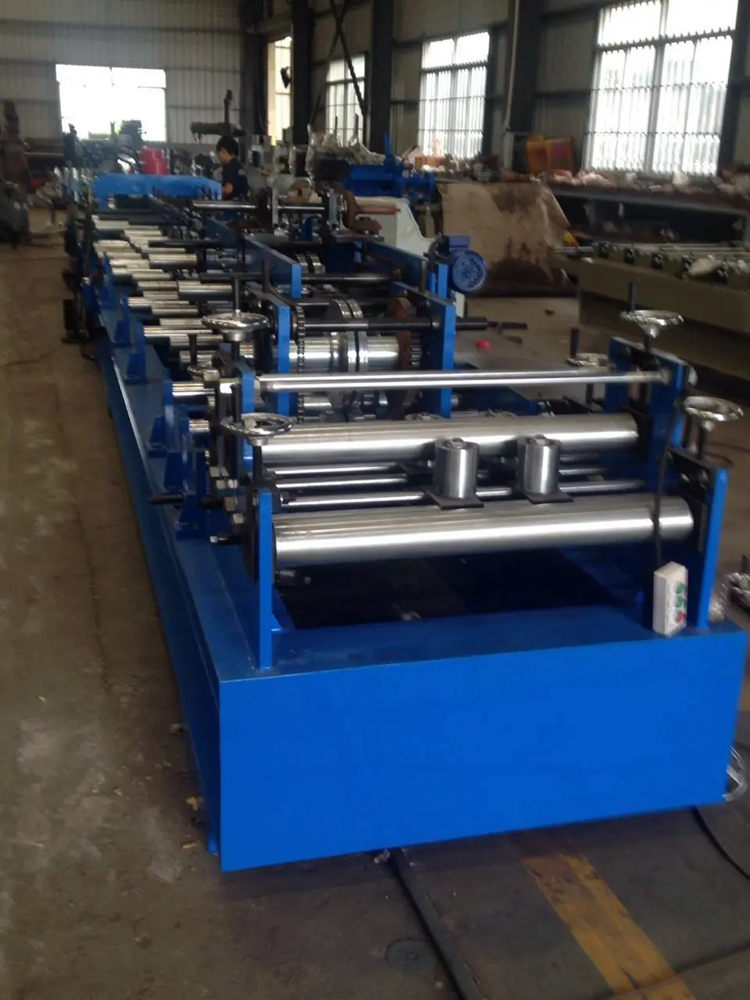
Understanding Cut to Length Production Lines
Cut to length (CTL) production lines play a vital role in various manufacturing sectors by providing precise cutting solutions for metal sheets and other materials. This technology is particularly essential in industries where exact length specifications are crucial for subsequent processing or end-product functionality. In this article, we will delve into the operation, benefits, and applications of cut to length production lines.
At the core of a cut to length production line is its ability to transform coil materials into flat sheets of predefined lengths. The process begins with large coils of metal, which are unwound and fed through a series of rollers and cutting equipment. The primary components of a CTL line typically include a decoiler, slitter, leveler, and a cut-off saw. Each of these components plays a critical role in ensuring that the metal sheets are produced with high precision and quality.
The decoiler unwinds the coil and prepares it for further processing. The slitter may be used if the material needs to be cut into narrower strips before leveling. The leveling process is crucial as it removes any inherent curvature in the coils, ensuring that the sheets produced are flat and uniform. Once the material is leveled, the cut-off saw precisely slices the metal sheets into the desired lengths. These cut sheets can be stacked for easy handling or immediately forwarded to the next stage of production, which might involve further processing, such as bending or welding.

One of the significant advantages of cut to length production lines is the reduction of material waste. By producing sheets to exact lengths, manufacturers can optimize their materials and minimize scrap—a factor that has both economic and environmental benefits. Furthermore, CTL lines enhance operational efficiency. Traditional methods may involve multiple steps and equipment to achieve similar results, whereas a CTL line integrates these processes, allowing for faster turnaround times and smoother workflow.
The flexibility of cut to length production lines is another key benefit. These systems can accommodate a variety of materials, including stainless steel, aluminum, and carbon steel, making them versatile tools for manufacturers. They can also be adjusted to produce different lengths and thicknesses, catering to the specific needs of different projects. This adaptability is increasingly important in today’s fast-paced manufacturing environment, where customization and responsiveness to market demands are crucial.
Applications of cut to length production lines are widespread. In the automotive industry, for instance, CTL lines are used to produce components that require precise dimensions for assembly. The construction industry also benefits greatly from this technology, as it allows for the efficient production of structural components. Additionally, manufacturers of appliances, electronics, and many other products rely on cut to length lines to ensure that their components meet exact specifications.
In conclusion, cut to length production lines are integral to modern manufacturing processes. They offer precision, efficiency, and flexibility, allowing manufacturers to meet diverse demands while minimizing waste and enhancing productivity. As technology continues to evolve, it is expected that CTL systems will become even more advanced, further solidifying their place as essential tools in various industrial applications. For manufacturers looking to streamline their operations and boost their competitive edge, investing in a cut to length production line is a decision that can yield significant returns.